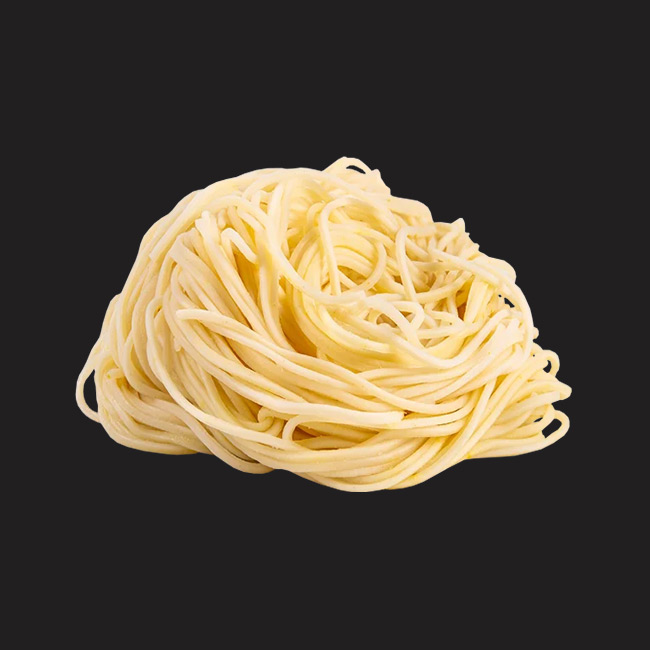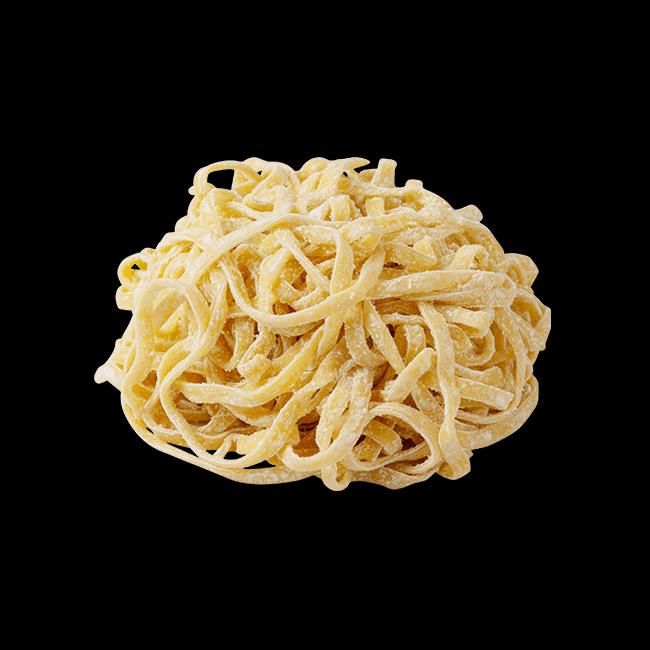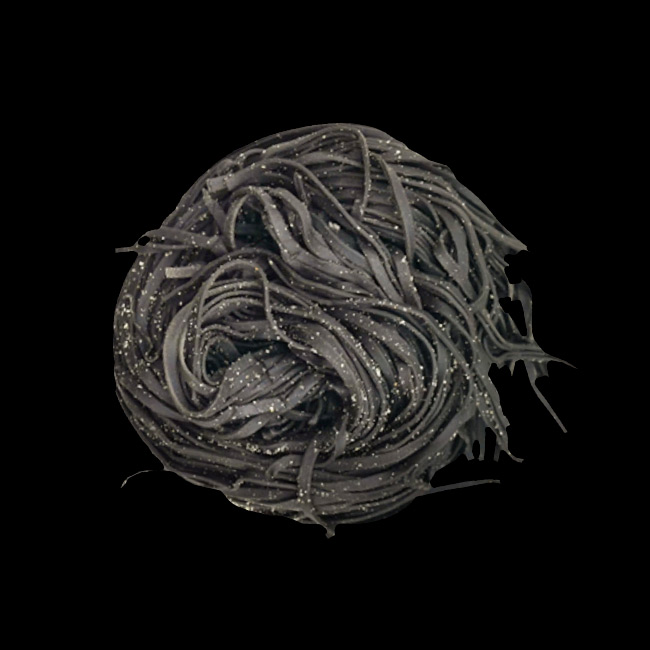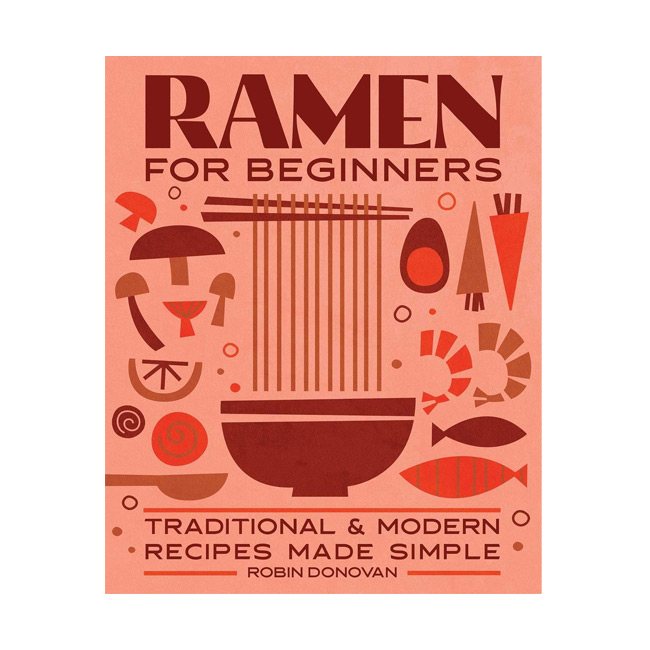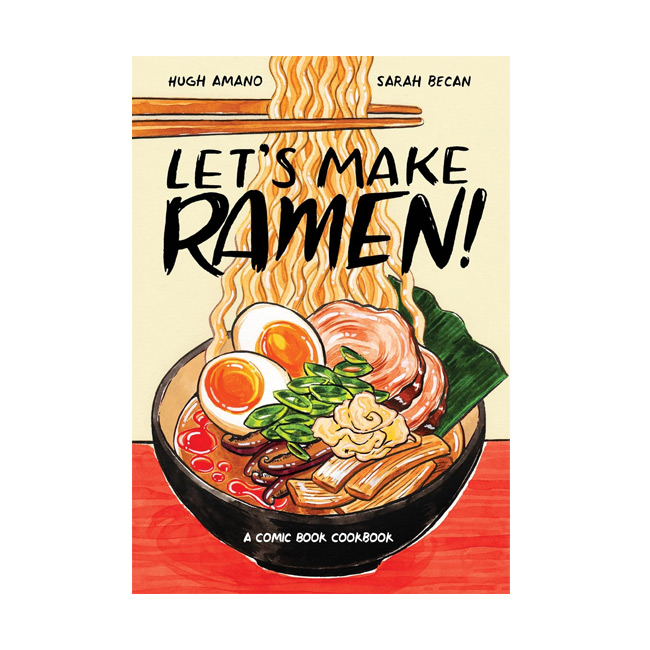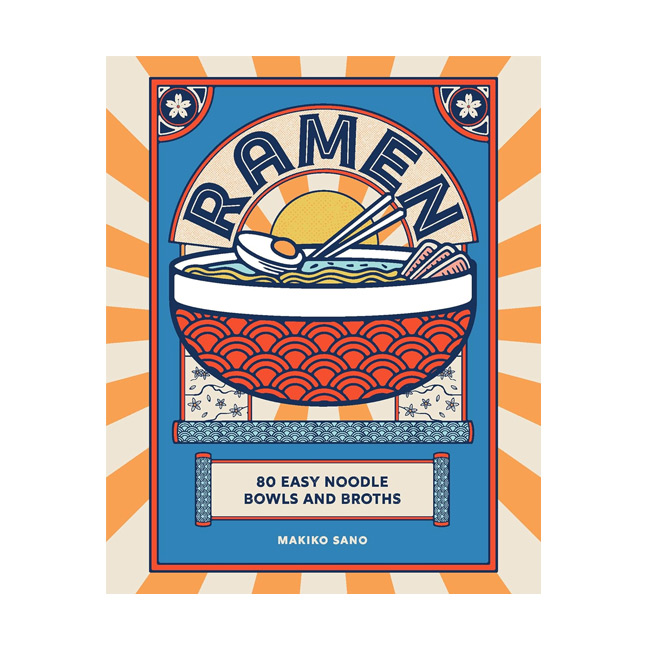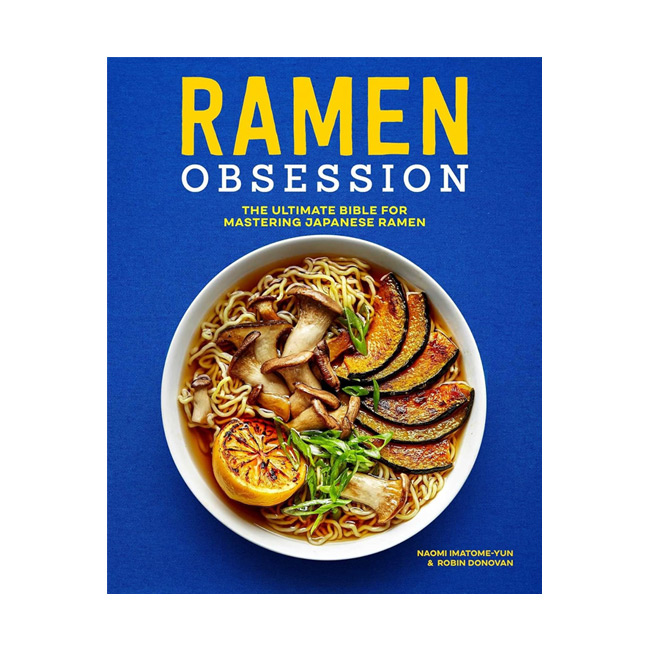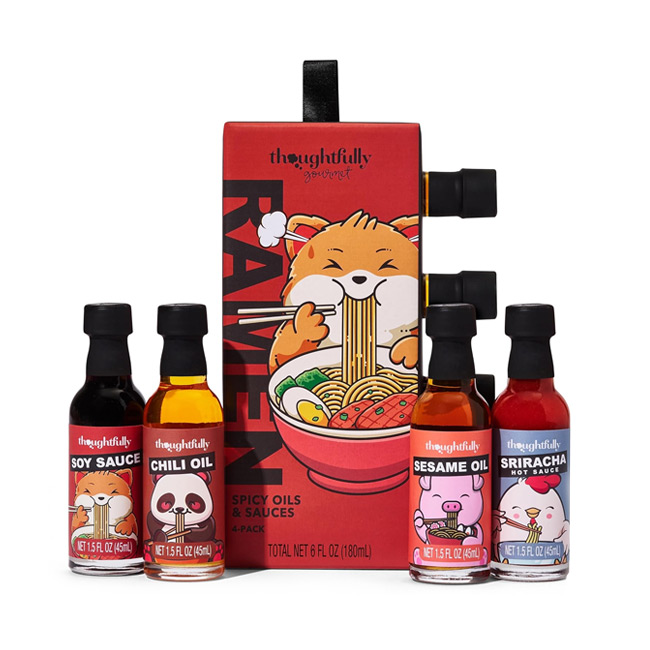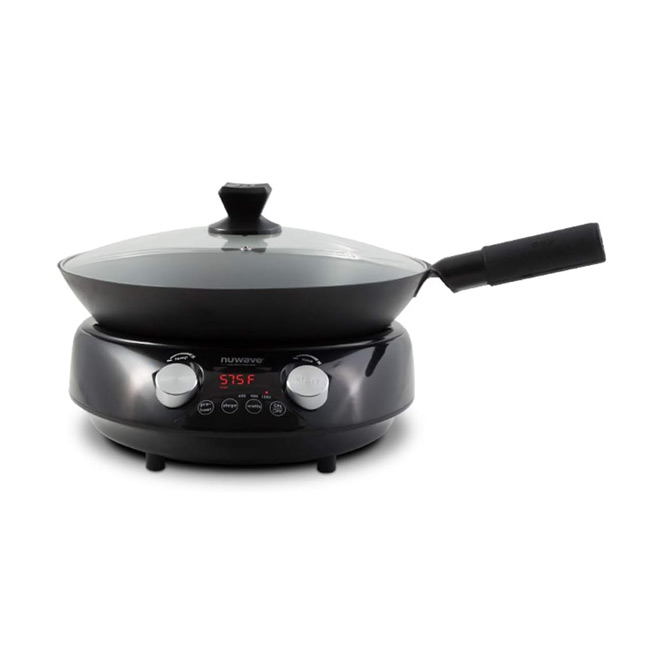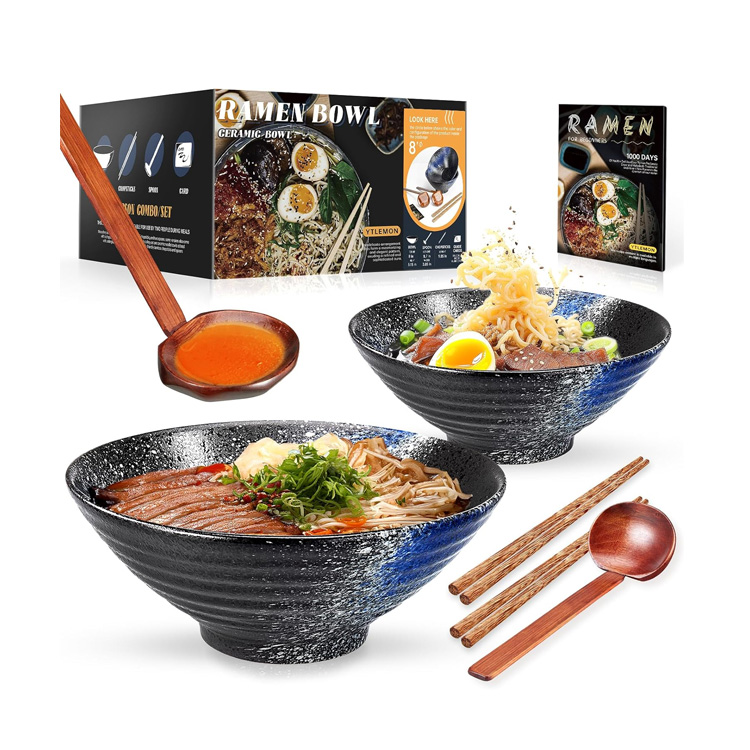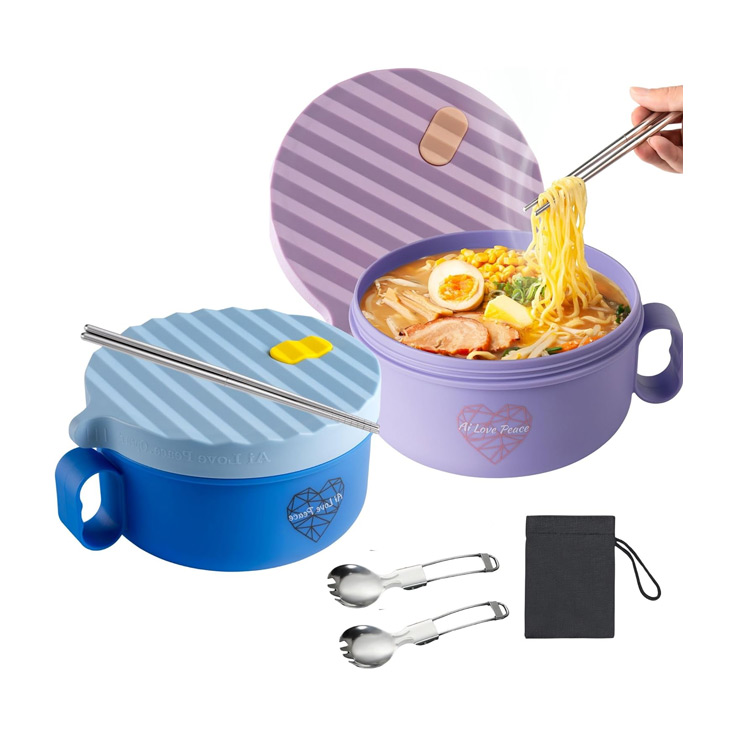Straight noodles, often referred to as kansui noodles due to the alkaline mineral water used in their preparation, are a staple in many ramen dishes. Characterized by their smooth, firm texture and slightly yellow hue, these noodles are made from wheat flour, water, and kansui.
The addition of kansui not only gives the noodles their distinct color but also contributes to their chewy and resilient texture. Straight noodles are versatile and can be paired with a variety of broths, from light and clear to rich and creamy. Their simplicity and consistency make them a favorite among ramen enthusiasts who appreciate a balanced and straightforward noodle experience.
Usage and Selection
Straight noodles are commonly used in ramen dishes where the broth’s flavor is the main focus, such as miso and shoyu ramen. Their smooth texture and firm bite provide a pleasing contrast to both light and rich broths, allowing the soup’s flavors to shine through.
When selecting straight noodles, look for those with a uniform shape and a slight sheen, indicating high quality and proper preparation. Fresh straight noodles offer the best texture and flavor, but high-quality dried options are also widely available and convenient. Cooking straight noodles requires attention to ensure they achieve an al dente consistency; they should be boiled just until they are tender yet firm to the bite, preventing them from becoming overly soft in the broth.
Straight Noodles and Ramen
Straight noodles are a versatile choice, fitting well with various ramen styles. Their firm texture and simplicity allow the flavors of the broth to take center stage. Here’s an introduction to some popular types of ramen that traditionally use straight noodles:
Straight noodles provide a consistent and satisfying base for many ramen dishes, enhancing the broth’s flavors without overpowering them. Their smooth texture and firm bite make them a great choice for a variety of ramen styles. Here are some of the most common types of ramen that feature straight noodles:

Shoyu Ramen
Shoyu ramen uses a clear and salty soy sauce broth and is considered fairly balanced, with many comforting flavors.
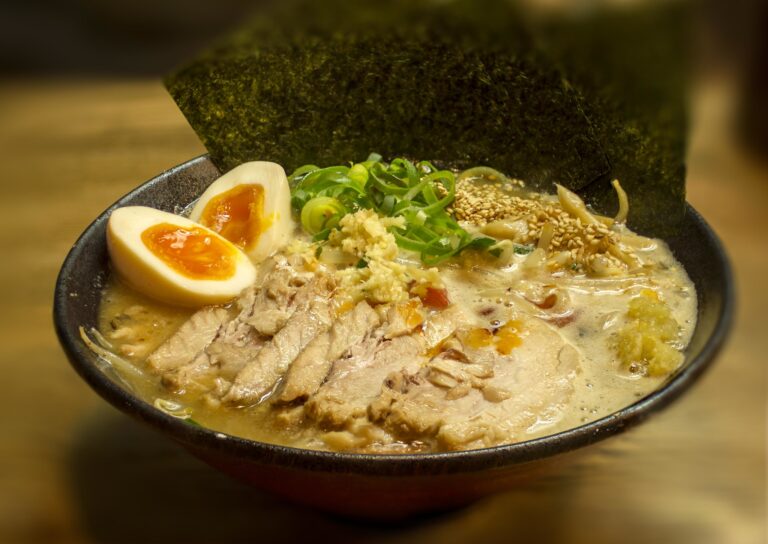
Miso Ramen
Miso Ramen originates from Hokkaido and features a robust miso-based broth, as well as ground pork, corn, and a blend of savory toppings.

Tonkotsu Ramen
Tonkotsu ramen is creamy and intensely savory. It’s based on a rich pork bone broth and uses toppings like chashu and mushrooms.
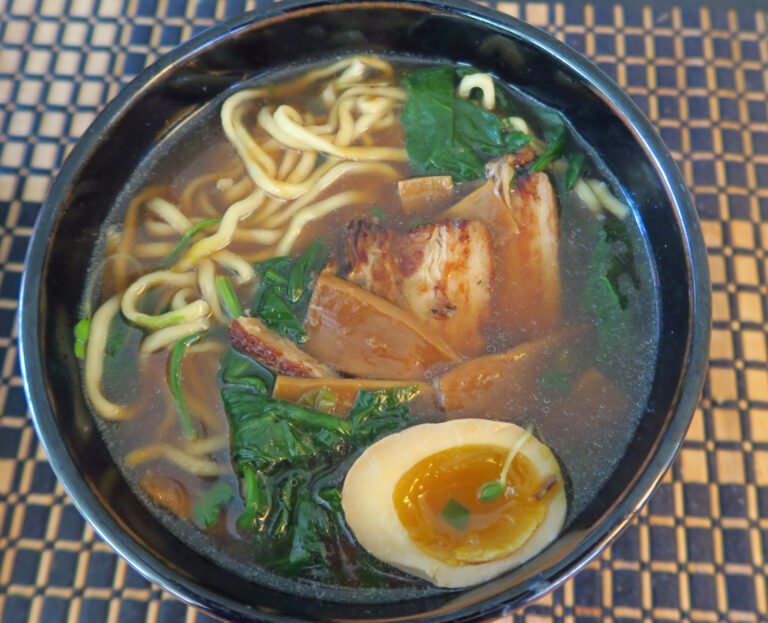
Tokyo Ramen
Tokyo ramen is a beloved Japanese soup known for its clear shoyu broth, firm curly noodles, and a soy-flavored chicken broth.


